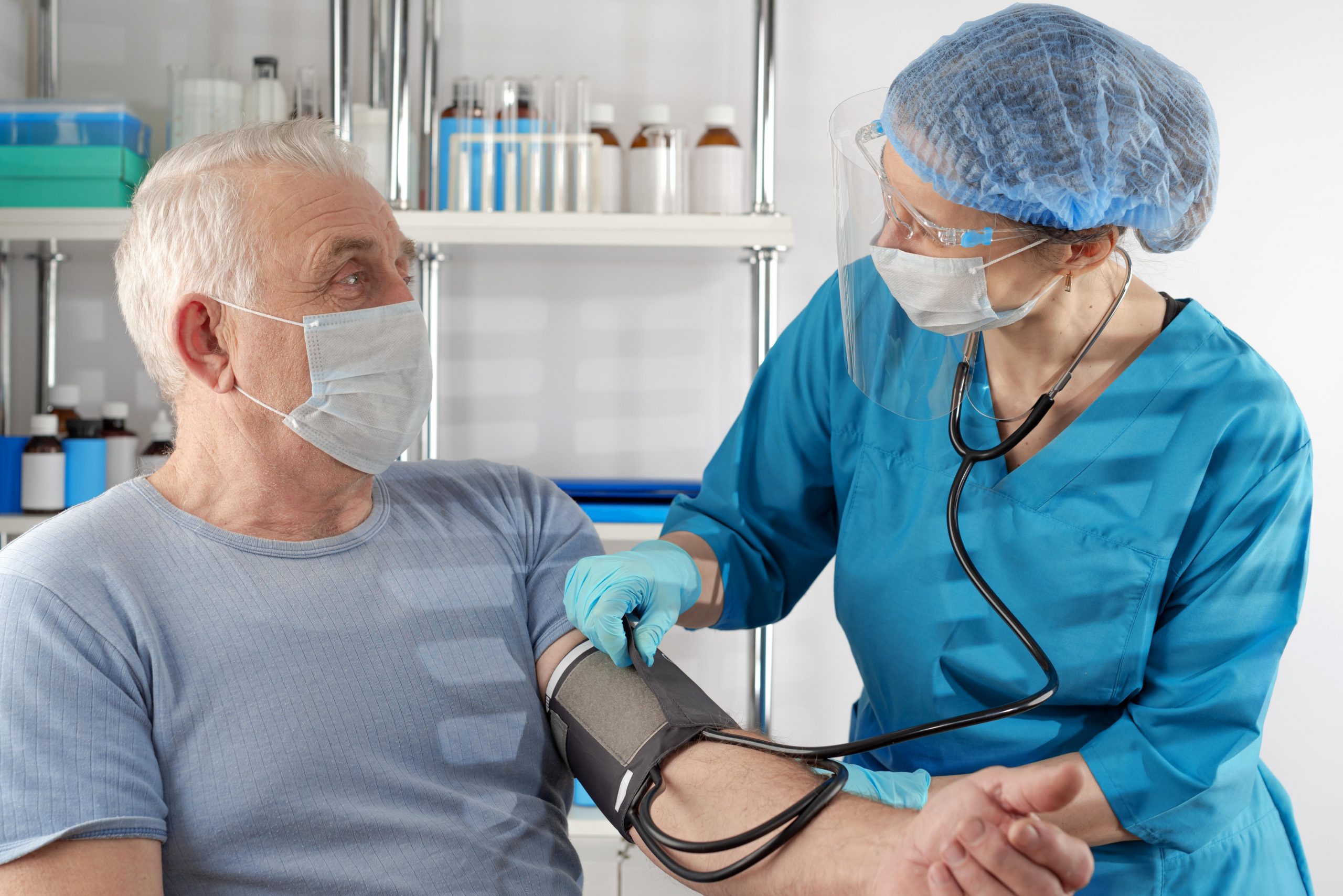
The U.S. Centers for Disease Control and Prevention has eased its universal masking recommendation for nursing homes and hospitals, unless those health care institutions are in areas seeing high levels of COVID-19 transmission.
The change is part of updated guidelines published by the CDC on Friday.
Still, due to high COVID rates only about a quarter of U.S. counties now fall under the new guidance, which would allow doctors, patients and visitors to dispense with masks, CBS News reported.
Earlier in the pandemic, everyone was asked to wear well-fitting masks or respirators in health care settings. Later, exceptions included that visitors could “choose not to wear source control” if they had updated vaccines and were alone together with those they were visiting, CBS News reported. Another exception allowed staff who were up to date on vaccines to unmask when not with patients.
With the latest guidance, “updates were made to reflect the high levels of vaccine- and infection-induced immunity and the availability of effective treatments and prevention tools,” the CDC’s new guidance states.
Now, masking “remains recommended” during an outbreak among patients or “when caring for patients who are moderately to severely immunocompromised.”
The CDC has been revising guidance since August, as the numbers of people hospitalized and nursing home infections have been slowing.
While only 3.5% of Americans live in communities with what are considered by the CDC to be high levels based on hospitalization rates, healthcare settings must still adhere to earlier “community transmission” guidelines, which include measures for reported cases and test positivity. Using that benchmark, about 73% of U.S. counties are still high-risk, CBS News reported.
“Community transmission is the metric currently recommended to guide select practices in healthcare settings to allow for earlier intervention, before there is strain on the healthcare system and to better protect the individuals seeking care in these settings,” the CDC said in its updated guidance.
Though some restrictions were loosened on Friday, others were strengthened.
This includes guidance that people who had a previous COVID infection didn’t need to test for the virus if exposed within 90 days of that previous infection. Now guidance says testing “should be considered for those who have recovered in the prior 31-90 days.”
Emerging evidence suggests people can be reinfected with Omicron variants, even multiple times within a three-month period.
“Our findings indicate that the time between confirmed primary infections and reinfections with different Omicron subvariants is frequently shorter than the 90-day definition of reinfections used by the US Centers for Disease Control and Prevention,” wrote the authors of a French study published last week.
Holly Harmon, a senior vice president for the American Health Care Association and the National Center for Assisted Living, welcomed the masking changes.
“While our commitment to infection prevention and control continues, adapting COVID protocols means recognizing the current stage of this pandemic as well as the importance of quality of life for our nation’s seniors,” Harmon told CBS News.
“After more than two years, residents will get to see more of their caregivers’ smiling faces, and our dedicated staff will get a moment to breathe,” Harmon said.
More information
The U.S. Centers for Disease Control and Prevention has more on COVID-19.
SOURCE: CBS News
Source: HealthDay

Leave a Reply